The Marian principle in the Church and the value of the feminine gifts
By Deborah Savage, Ph.D., St. Paul Seminary School of Divinity
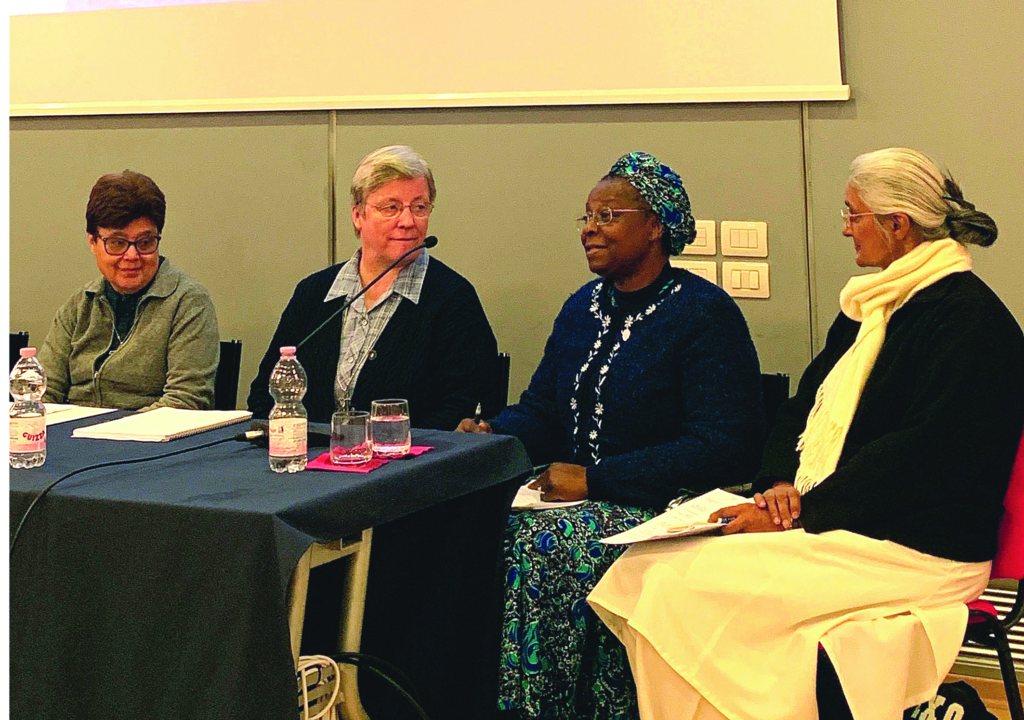
Women religious from around the world were in Rome at the 2019 Vatican summit on protection of minors: (from left) Maltese Sister Carmen Sammut, head of the International Union of Superiors General; German Holy Spirit Sister Maria Hornamann; Sister Veronica Openibo of the Society of the Holy Child Jesus; and Indian Sister Monica Joseph, head of the Congregation of Religious of Jesus and Mary. (CNS photo/Joshua J. McElwee, Global Sisters Report)
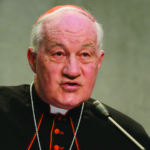
Marc Cardinal Ouellet, head of the Vatican’s Congregation of Bishops
Surely one of the most pressing questions faced by the universal Church in our present era is what one might call the “woman question.” What role is woman called to occupy in the ecclesial structure of the Church? It can be a loaded question, especially when, as it so often has, it takes on the cast of a dispute about power. But if we are ready to put that behind us, the question becomes one of tremendous promise. For it opens the door to an exploration of the distinct gifts that women bring to both the Church and the world — and to the recognition that those gifts have not yet realized their fullest expression. There is a sense of untapped potential, of a vocation not yet fully lived. Clearly the Church is searching for a concrete way to proceed. One can almost feel the world holding its breath: how will the Catholic Church respond?
Though word has not yet reached the majority of the faithful, one important response surfaced recently, a hint that the outline of a critically significant development may be underway. In an interview with Donne Chiesa Mondo (Woman, Church, World), a monthly magazine published by L’osservatore Romano, Marc Cardinal Ouellet, Prefect of the Vatican’s Congregation of Bishops, offers us what is surely an essential starting place: women, he states, are indispensable in the important task of forming men for the priesthood. In the course of the interview, he declares unequivocally that “women can participate in formation in many ways: in teaching theology and philosophy, and spirituality. They can be part of the team of formators, especially for discerning vocations.” But beyond that he points out, “we need the opinion of women, their intuition, their ability to grasp the human side of the candidates, their degree of emotional or psychological maturity.” Women are needed not merely for their functional expertise, but for their particular “sensitivity to the person.” Women are needed because they bring “a humanizing factor which favors the balance of the personality and the affectivity of the man.” Without their presence in the formation process, the man is put at risk; he may lack the balance and integration so essential to his priestly life.
The full significance of Cardinal Ouellet’s extensive comments will take time to unfold; no doubt they will generate much discussion and even some controversy.
For now, let us take note of the fact that his proposal does not represent a mere administrative solution. He is quite emphatic that this “is not only a question of promoting women…” At stake is something much more fundamental: his conviction that what women would bring to such a mission is an influence that, in a very real sense, only a woman can offer. Women must be “an integral part of all training” not in order to satisfy an abstract quota or political agenda – but because woman herself is needed to ensure that future priests are fully human – real men who are prepared to serve as spiritual fathers to God’s people, and to return all souls to Christ.
That the prefect of the Congregation of Bishops holds such views is most certainly a harbinger of great hope for the Church. For his comments also reflect a profound grasp of the two principles that are said to serve as the superstructure of the Catholic Church: The Apostolic-Petrine principle and the Marian principle. Clearly the most visible is the Apostolic Petrine dimension, manifest as it is in the public activity of her hierarchy, both sacred and mundane. This is the “active” principle, or, as the former Joseph Cardinal Ratzinger has put it, the “masculine principle.” It is this aspect that tends to get most of the public ‘s attention. For in our current intellectual climate, Cardinal Ratzinger goes on to say, characterized as it is by a one-sided emphasis on activism, “only the masculine principle seems to count.”
The result has been a deeply flawed understanding of the nature of the Church. In the eyes of the culture at large, she has become merely another “manufactured item,” reducible to an organizational chart and a power structure, offering just another career opportunity. But the Catholic Church is not an instrument of our own making; she is a sacred reality, reflecting the nature of a sacrament. Her visible structure is an external sign of an inner reality.
Though to the world the Apostolic-Petrine principle appears to be the primary element driving the Church’s mission, it is in fact secondary to it. For the institution of the priesthood is preceded by the definitive event of human history: Mary’s “Fiat.” The Church is not characterized in the first instance by activity, but by receptivity. This is its Marian dimension, which can be said to be at the heart of the Church, that which keeps its lifeblood flowing. Both principles are essential to sustaining the Body. But without the capacity to receive the Word of God, the body has no life.
Cardinal Ouellet echoes the thought of the Holy Father and both of his predecessors when he states that, as the first to follow her Son, Mary is in fact “superior to Peter, because…she is the mediator of the gift of the Word Incarnate to the world.” The “form of the Church is feminine because faith is the reception of the Word, reflecting a fundamental reception of grace, which is inherently feminine.” The Marian principle points to Mary as the repository of the Word, the center of gravity of the Church. As always, it is the inner reality that gives meaning to the external sign. And it is this truth that may illuminate the gift that woman is to the Church.
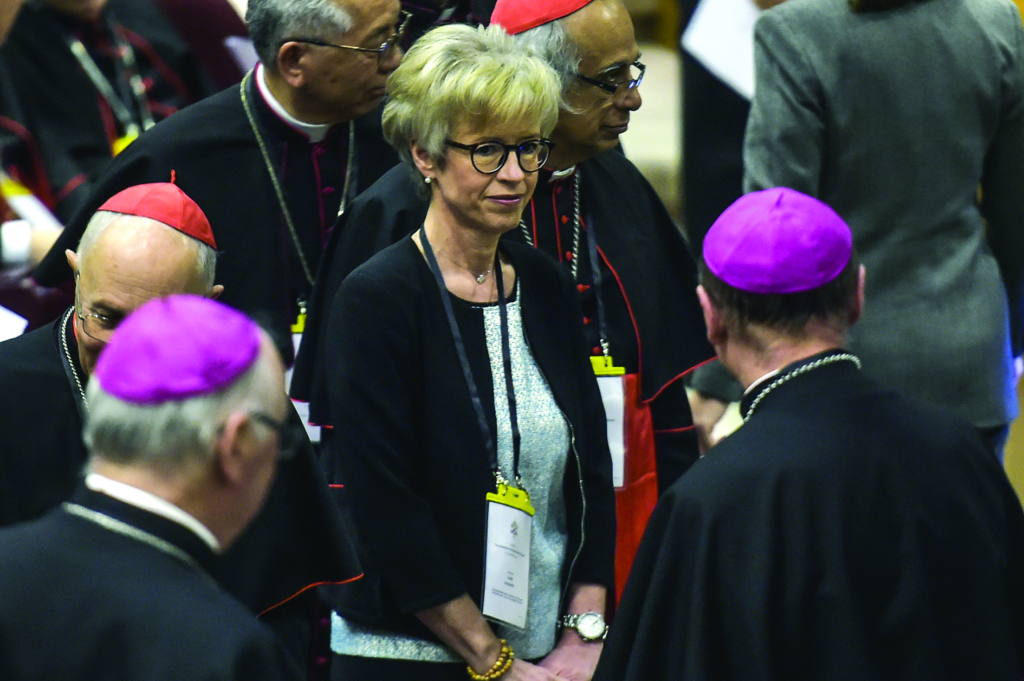
Linda Ghisoni, Undersecretary for the Dicastery for Laity, Family and Life, one of the highest-ranking women in the Vatican, was present at the February 21, 2019, Summit Against Sexual Abuse.
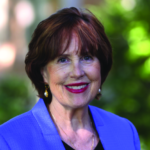
Deborah Savage, Ph.D., Professor at the St. Paul Seminary School of Divinity
For the past twelve years, it has been my great privilege to teach in a major seminary, a grave responsibility I share with my fellow professors and formation faculty. In that capacity, I have served as a professor, an academic adviser, as a member of the admissions committee, and as a full participant in the formation process. There is no question that the insights I have had into the needs of the men we work together to form have helped to shape their futures. Because I am present in the admissions interview, we know from the very start what the candidates’ response to women might be — a matter of some significance, given the predominant presence of women in parish life. My mostly male colleagues welcome my comments; they listen to them and value them. As women often are, I am more attuned to the non-verbal cues that illuminate a man’s inner life and struggle, a subtext that is frequently richer and more powerful than their words or overt actions. Equally important, the impact I have had in the classroom surely goes beyond the intellectual formation my courses seek to provide. More women in the classroom would give them the opportunity to testify to the “functional expertise” of which women are capable and without which they would not be qualified to teach. Their presence would ensure that our seminarians experience a fuller range of woman’s capacities and competence. The classroom is a place to explore the important questions of life’s meaning and end, very human questions that transcend the differences between the sexes.
But the seminarian needs not only teachers; he needs witnesses. And there is no substitute for the living example of a woman who is seeking to embody the spirit of the Gospel, motivated by the love of truth and inspired by the profound beauty of the Church’s faith and teaching. Men preparing for the priesthood need the witness of women who are grateful to them for answering God’s call, who affirm them in their desire for holiness, and who encourage them along their sometimes arduous path.
Such women are crucial in the formation of priests because the seminarian needs to be called out of the relative safety of a male-only world and into one of relationship with the Other. Without this invitation, it is too easy for him to get trapped in the sterile constraints of an environment in which, as Cardinal Ratzinger warns, “only the masculine principle counts.” This is perhaps the primary factor that led to the deadly clerical mentality so evident in our current situation.
Indeed, Cardinal Ouellet himself acknowledges the element of truth in the claim that the abuse crisis would not have risen to such dramatic levels had women been more involved in the formation (and lives) of priests. He points out that “man is an emotional being” and in the absence of “interaction between the sexes,” he will find ways to compensate for this lack of relationship — for example, with an unhealthy relationship to food. But it can also express itself in the exercise of power, or in closed relationships, which, says the Cardinal, can lead “to manipulation and control,” to the degrading of conscience, and finally – to sexual abuse.
Cardinal Ouellet’s insights here are of critical importance if we are to heal ourselves from this tragedy. It would be hard to deny that women often have a finely tuned radar for personal safety, both her own and those of others, whether they are her children – or her students. And in this regard, the fact that women operate outside the clerical chain of command actually becomes an asset to the ecclesial community. It gives them a certain freedom that provides a valuable outlet for the frank discussion that is easily sidestepped when the tendency is to avoid conflict within the brotherhood.
As men know all too well, women are not afraid of conflict; they like to talk things out. And when that fearlessness is exercised, not in a power struggle, or out of a misplaced need for recognition or control but, instead, toward the authentic good of the community, the priestly community will have an important ally in the common struggle with the persistent effects of the fall from grace.
The Role of Women in the Church
Early in 2019, several women seminary professors co-authored the document Sharing a Spirit of Discernment: Recommendations from US Women Seminary Professors, a substantive reflection on guidelines for priestly formation. The document was prompted by the abuse crisis and was submitted to the Vatican in February 2019 (See: https://bit.ly/3bt1XxF).
It is also included in the forthcoming book: Clerical Sexual Misconduct: An Interdisciplinary Analysis (Cluny: June 2020) Jane Adolphe, Ronald Rychlak, eds.
Women at the Foot of the Cross, 18th-19th century ivory carving in France (left)
And here we come to the challenges. It would be foolish to pretend that none exist, though space does not permit an exhaustive list. But the starting place is to realize that while both man and woman are under the sway of Original Sin, its manifestations appear in particular ways for each. And this is the lens through which to seek a deeper understanding of each other. Man forgets that he loses his place in the scheme of things if he fails to recall the fact that all authority, including his own, comes from God. Woman continues to bristle under what appears to be man’s determination to dominate her, forgetting that she is a daughter of God and worthy of love and respect. And so she fights for her place rather than simply taking it. Our history is peppered with examples of the effects of these realities. They have led us to distrust each other, though, as Cardinal Ouellet argues, men are more fearful of women than women are of men. The psychologists tell us that this is due to man’s need to differentiate himself, to stand apart from woman, to become a real man. This is a legitimate and necessary desire and woman must honor it. But it is almost impossible for him to achieve without her influence.
The sensitivity women have to persons that Cardinal Ouellet points to is not meant to affirm a kind of romanticized or sentimental notion of the “feminine genius.” He cautions us explicitly to avoid the tendency that some have shown—to go “from misogyny to mythologizing” this idea. That women notice things that men do not is simply a fact. That they possess a kind of “genius” that men do not is a reality known to anyone with a mother.
But this is not to claim that women are superior to men or that men are without their own gifts. Men have a “genius” as well, a set of gifts desperately needed in an era that has forgotten the importance of fatherhood. Both men and women are needed to fulfill the tasks of human living as they work together to pursue the Church’s social vision. Pope St. John Paul II tells us that the complementarity of man and woman is what gives them their mission, which is to create, not only human families – but human history itself. The future of the Church and of mankind may depend on each of us inviting the other into a fuller expression of our common humanity.



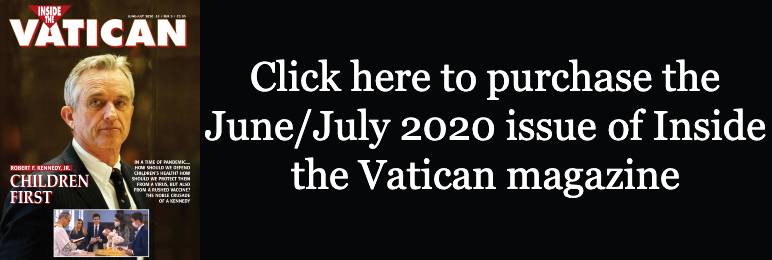





Facebook Comments